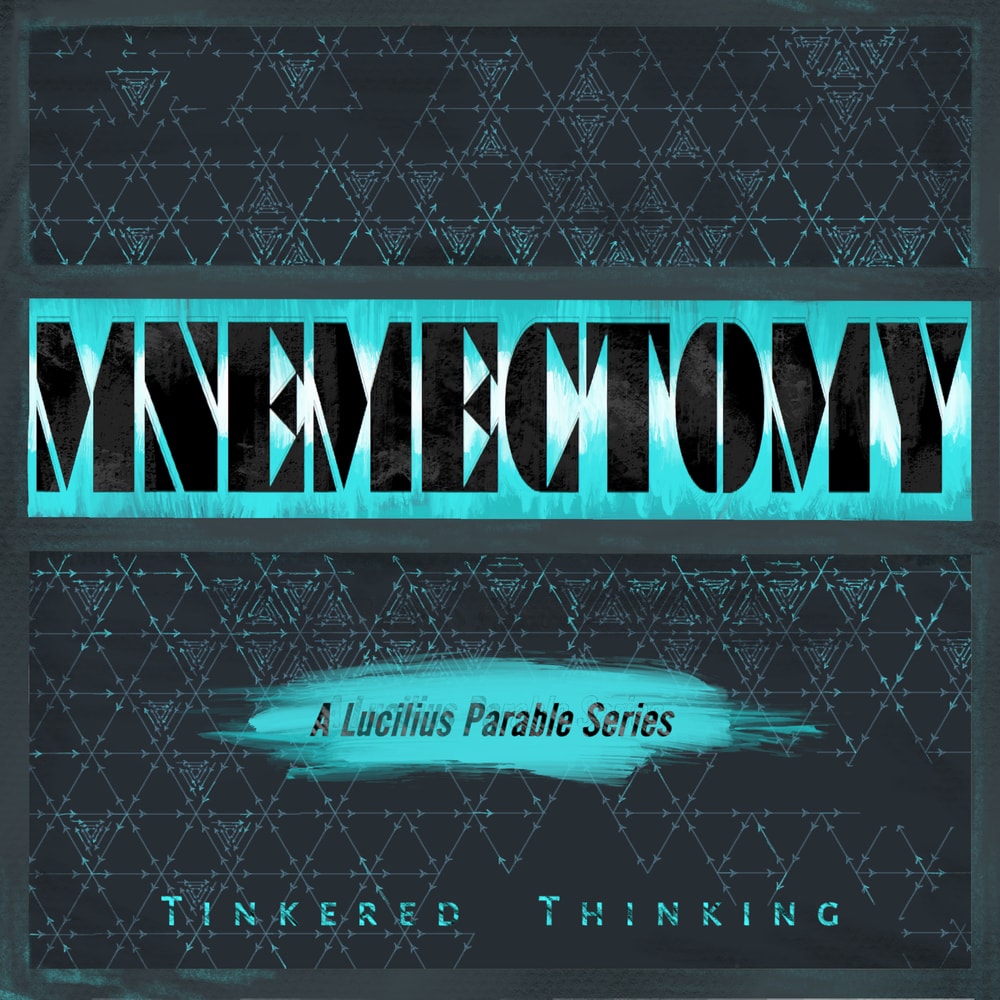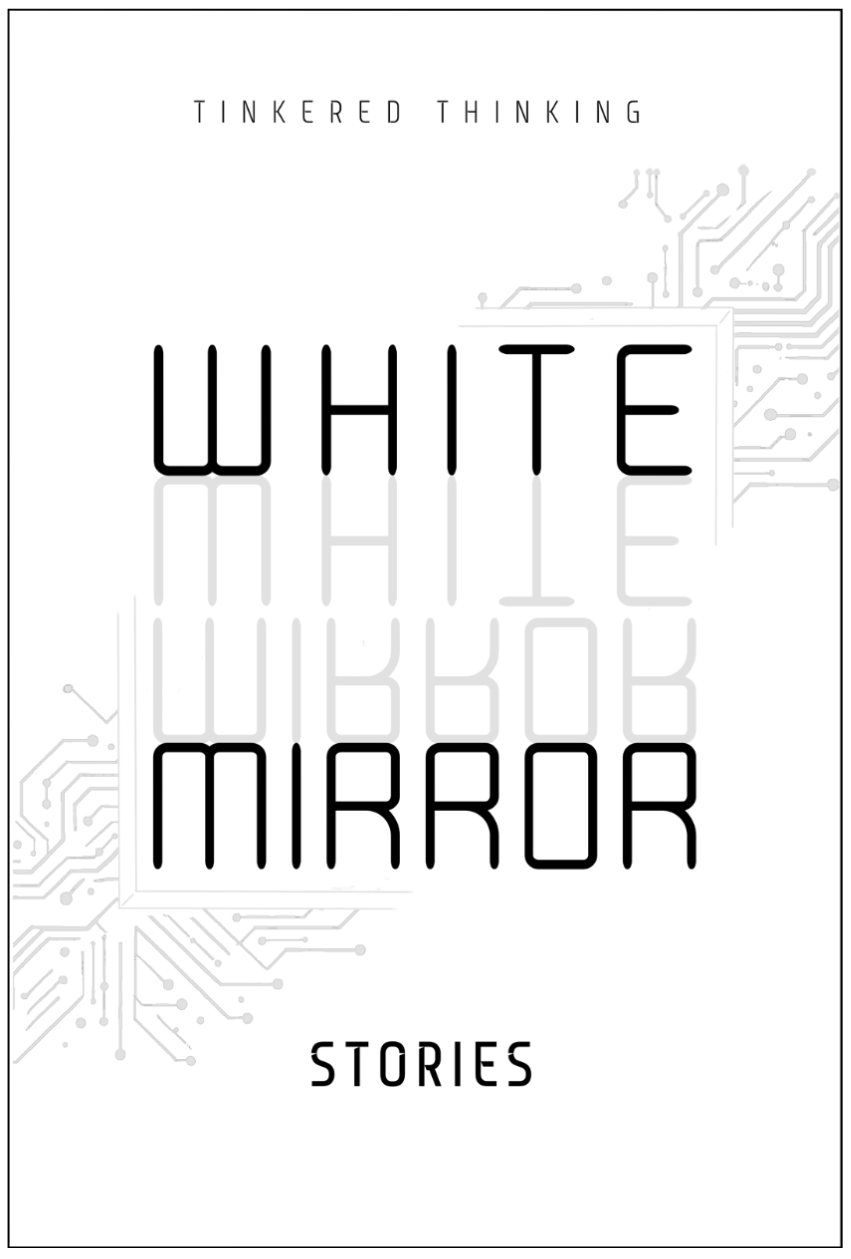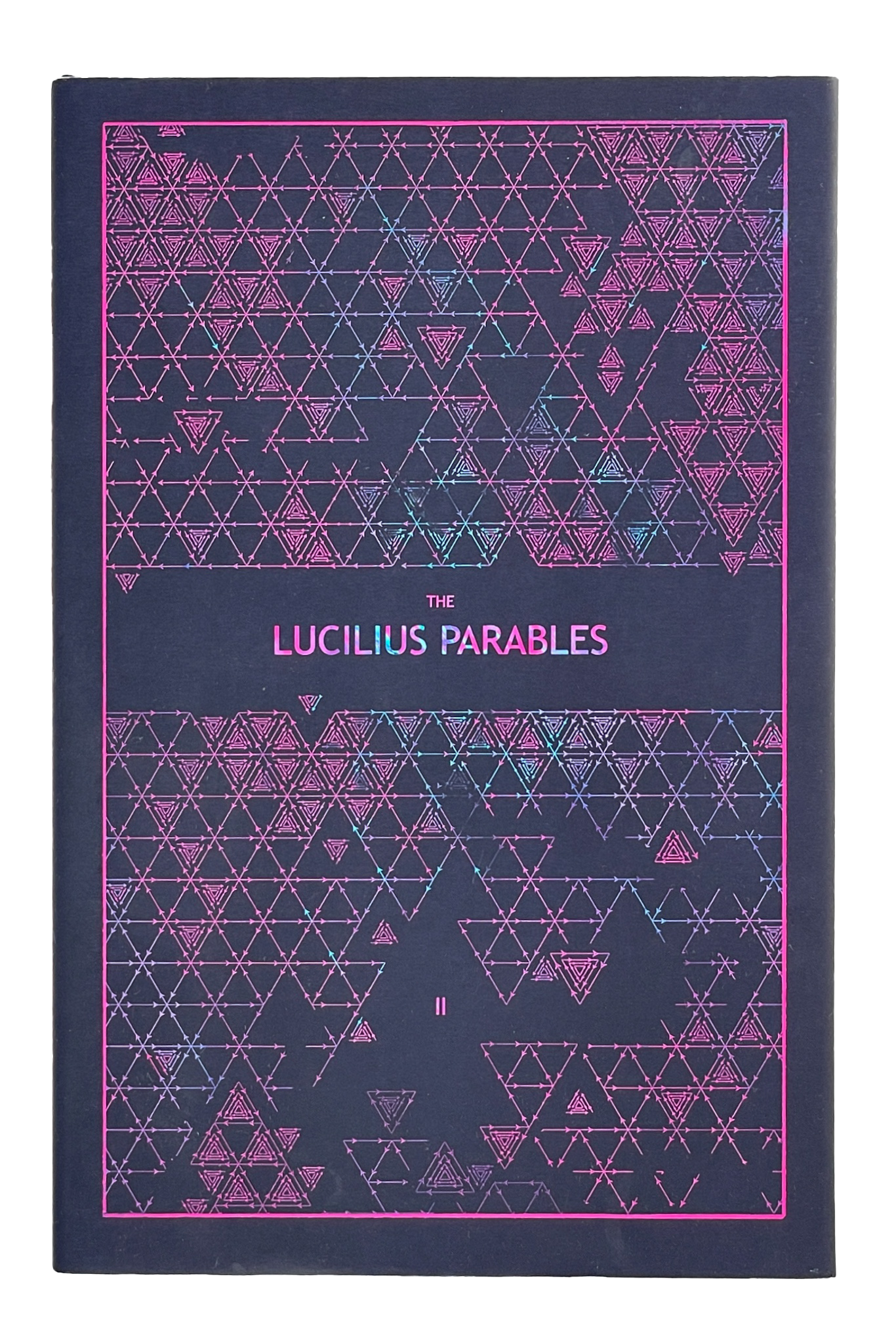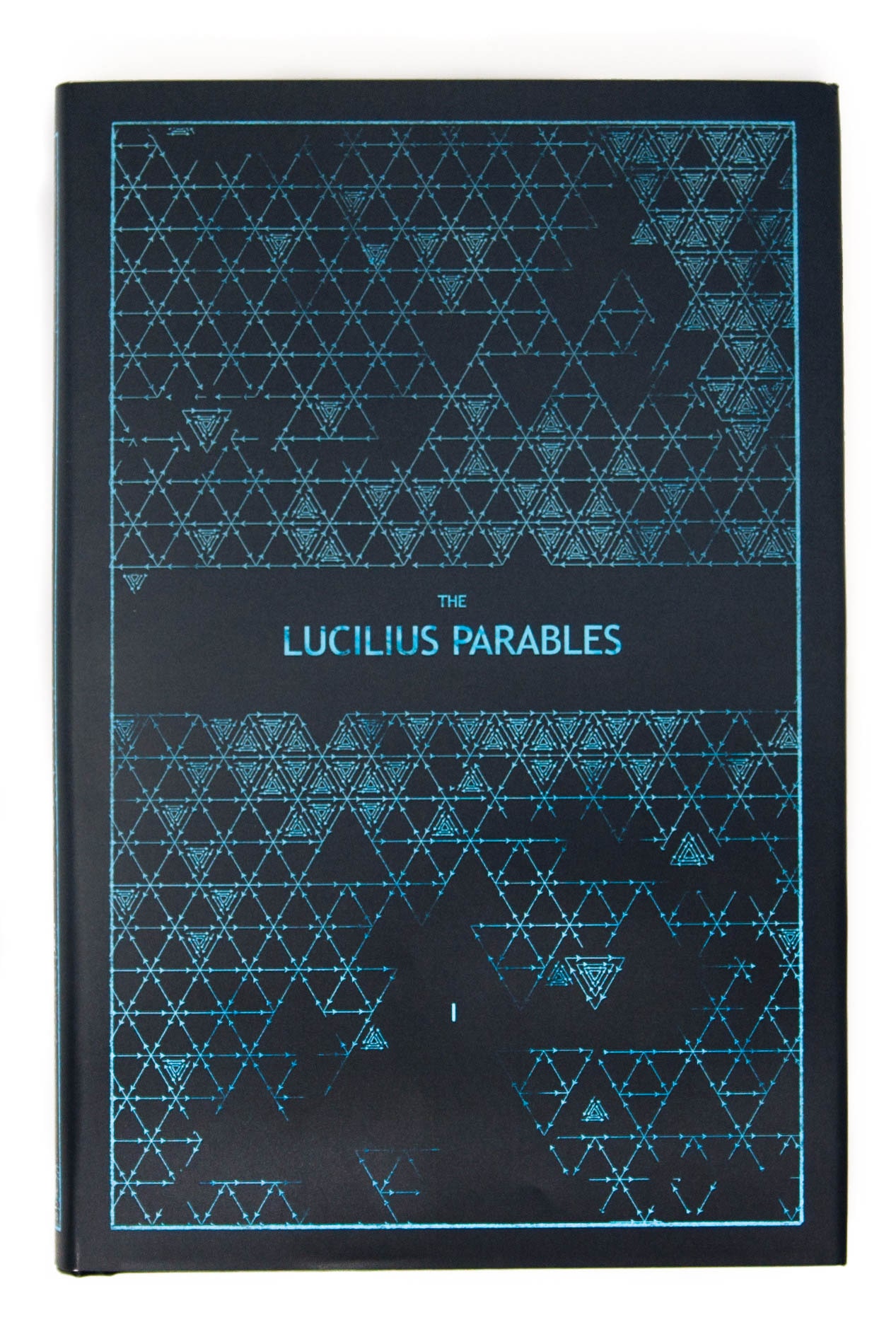Daily, snackable writings to spur changes in thinking.
Building a blueprint for a better brain by tinkering with the code.
subscribe
rss Feeds
SPIN CHESS
A Chess app from Tinkered Thinking featuring a variant of chess that bridges all skill levels!
REPAUSE
A meditation app is forthcoming. Stay Tuned.
COGNITIVE FABRIC
August 10th, 2019
To be lost in thought is to miss the moment.
This echoes what Allen Saunders said and what John Lennon popularized: “Life is what happens to you while you’re busy making other plans.”
The moment is inherently neutral. It’s our reaction to it post-moment that colors it with judgment, offense, joy and all that makes life good or bad. The same applies to our thoughts about future moments. We fear bad things happening, we hope for good things. It’s this imaginative and reactive space where most of us live most of our lives.
Meditative practices, specifically those practices that orbit the idea of mindfulness are ultimately techniques for shedding the habit of living in the imagination and being more present with the moment.
During meditation, there inevitably comes a moment when a person realizes they’ve been lost in thought. For the beginner this can birth a feeling of failure, and the next thought is concerned with beating up one’s self for not doing the correct thing. This is, of course, getting lost in a new thought, which can again evoke a feeling of failure. But this is an ability of mindfulness beginning to come to life and poke holes in the cognitive fabric of the mind.
This ‘feeling of failure’ is paradoxically a signal of success.
It’s the opposite of patience in terms of structure.
Patience is a success only as long at it lasts.
Whereas in this context of meditation, success occurs as soon as failure is recognized.
In meditation, an individual is constantly beginning again, as thoughts are recognized from a mindful position and released. Patience is the name of the game: over the course of days, months and years, we seek to make these mindful moments more numerous and therefore more probable in the future. In some sense we are simply reminding ourselves that this neutral remove and reflection upon the intoxication of a thought is possible, and the moment we remember this possibility, it happens.
The concepts of success and failure here eventually blur and ameliorate one another.
To recognize a thought and label it a failure is simply a new thought, although it is a reflection of that prior thought with a negative tint.
Likewise if we label that ‘failure’ as a success. Noticing that we’ve been lost in thought can eventually feel like a success, but to think of it as such is to do the same thing: it’s a reflection of that prior thought with a positive tint.
These reflective thoughts of judgment can also be noticed, and ultimately we can release them. What falls into place is whatever is happening: the sensations of breathing, of the heartbeat and body.
It’s almost as though our cognitive fabric begins like a thick blanket that we start to poke holes in as it slides by.
Eventually it might look like disorganized tatter, and the goal might be to achieve some sort of beautiful macramé.
The truth may be closer to a kind of woven dance that attention plays between external reality as it occurs and what our internal processes can contribute by way of interpretation, thought, and action.
But this is just a thought, which has used your mind as a host in the moment and in so doing become a thread in your cognitive fabric.
-compressed.jpg)





